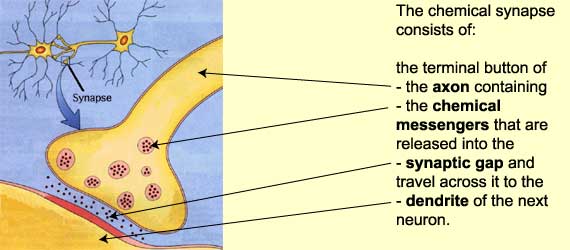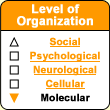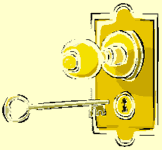|
|

The
“Coming Out” of the Electrical Synapse
In a chemical synapse, a nerve impulse can travel in only one direction. In contrast, in an electrical synapse, the impulse travels in both directions.
Also, across a chemical synapse, the impulse is transmitted with a 0.5-millisecond delay, while across an electrical synapse, the delay is almost non-existent. |
|
|
The term “synapse” designates
the point where the axon of one neuron connects to a dendrite
of another. This word comes from the Greek syn (together) and haptein (join).
In the animal kingdom, neurons can be connected to each other in
two very different ways:
- by an electrical synapse, in which the two cells touch and
are connected by tiny holes, which lets the nerve impulse pass
directly from one neuron to the other; or
- by a chemical synapse, where the two cells do not touch and
the nerve impulse needs particular molecules to bridge the gap
between them.
Chemical synapses are slower than electrical
ones but are also far more flexible. This valuable flexibility is
the foundation of all learning.

On either side of the synapse, the axon
and dendrite have evolved specialized
molecules to perform their respective tasks.
|
|







